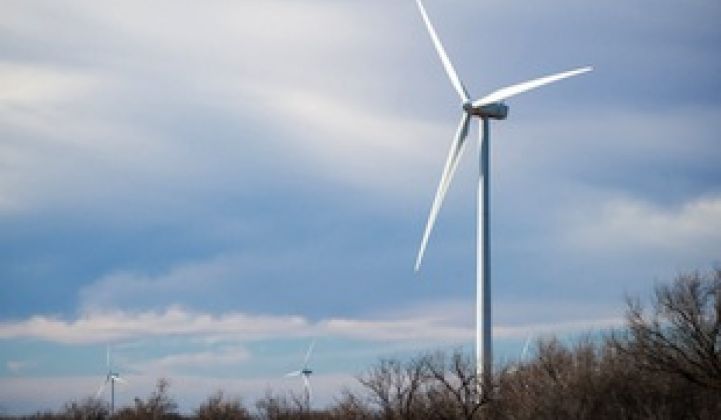Score one for wind power. According to the U.S. Energy Information Administration, wind is helping to cut the need for baseload power in a big chunk of the country .
The government’s official energy analysts said the rise of wind power in what’s known as the Southwest Power Pool (SPP) -- all of Kansas and Oklahoma, plus parts of New Mexico, Texas, Arkansas, Louisiana, Missouri and Nebraska -- has led to a steady reduction in the use of baseload capacity in the past three years.

Baseload resources -- things like coal and nuclear plants that usually operate around the clock -- tend to have the highest capital costs among grid power sources, while peaking resources generally cheaper. So while wind can increase the need for peaking resources that operate more expensively, more wind could in the long run reduce the need for new baseload plants.
(T)he use of baseload capacity, which includes units that run near full capacity at all times, is…the minimum of the hourly difference between total demand and wind output. This value has come down in each of the last three years in SPP, as wind generation has supplanted baseload generation, typically from nuclear and coal units.
What’s especially remarkable about what’s happening in the Southwest Power Pool is that baseload has been falling even as demand for energy has been rising in the region. That’s right: even as more power has been needed, the amount of required baseload has dropped.
The EIA data indicates total demand during the annual minimum baseload use hour rising from 16 gigawatts to more than 18 gigawatts from 2010 to this year. But with wind output during the annual minimum baseload use hour rising even more dramatically -- from 2 gigawatts to 6 gigawatts -- baseload use slid from about 14 gigawatts to 12 gigawatts.
***
Editor's note: This article is reposted in its original form from EarthTechling. Author credit goes to Pete Danko.



